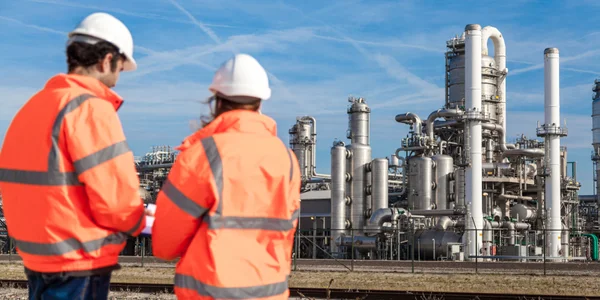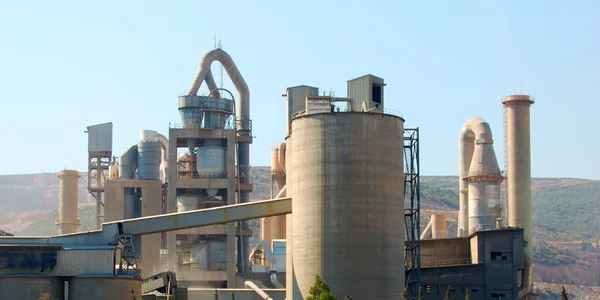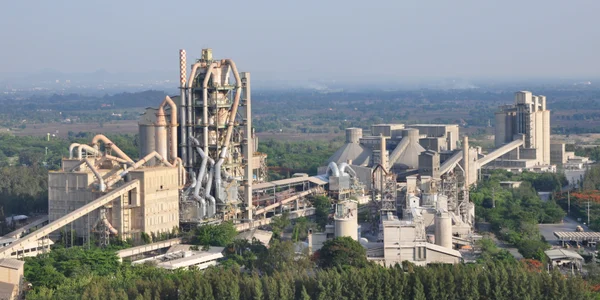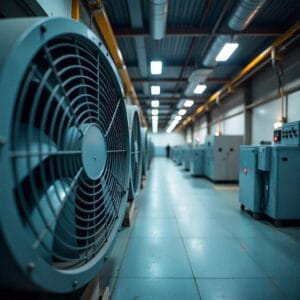Biura
SIEDZIBA GŁÓWNA

Niemcy
- Intensywny filtr Himenviro Technologies GmbH
Neustraße 45 - 49, 42553, Velbert, Deutschland/Niemcy - +49 20534200990
BIURO REGIONALNE

Wielka Brytania
- Intensiv Filter Himenviro UK Limited
47, Bath Street WS13BX, Wallsall West Midlands, Wielka Brytania - +44 1922 628893
BIURO REGIONALNE

Emiraty Arabskie
- Intensywny filtr Himenviro Technologies FZE – LLC
Centrum biznesowe, Szardża Publishing City Free Zone, Szardża, ZEA - +971-556074697
BIURO REGIONALNE

Indie
- Intensiv-Filter Himenviro Private Limited
D-247/11, Sektor-63, Noida - 201301, Uttar Pradesh, Indie - +91-120-4642-500
BIURO REGIONALNE

Indie
- Intensiv-Filter Himenviro Private Limited
D-247/11, Sektor-63, Noida - 201301, Uttar Pradesh, Indie - +91-120-4642-500
BIURO REGIONALNE

Indie
- Intensiv-Filter Himenviro Private Limited
D-247/11, Sektor-63, Noida - 201301, Uttar Pradesh, Indie - +91-120-4642-500
Rozwiązania w zakresie filtracji powietrza i pyłu dla przemysłu stalowego i metalowego
Przemysł stalowy i metalowy generuje wysokie poziomy zanieczyszczeń powietrza, w tym drobnego pyłu, cząstek metali i oparów, które, jeśli nie będą kontrolowane, mogą prowadzić do skażenia środowiska, zagrożenia dla zdrowia pracowników oraz uszkodzenia sprzętu. Nasze systemy filtracji powietrza i pyłu są dostosowane do pracy w tych wymagających środowiskach, wychwytując emisje z procesów topienia, wytopu, odlewania i wykańczania. Zaprojektowane z myślą o odporności na wysokie temperatury i zanieczyszczenia pyłem, nasze rozwiązania poprawiają jakość powietrza, zwiększają zgodność z przepisami i chronią zdrowie pracowników, zapewniając czystsze i bezpieczniejsze środowisko produkcyjne.
Proces filtracji pyłu w przemyśle stalowym i metalowym
Piec łukowy elektryczny służy do produkcji stali konstrukcyjnych, stali wysokogatunkowych i stale nierdzewnePonadto jest stosowany do produkcji węglików i kryształów syntetycznych.
Instalacje odpylające do elektrycznych pieców łukowych w pełni usuwają i oczyszczają pierwotne gazy odlotowe pieca łukowego, a także wszelkie wtórne gazy odlotowe wytwarzane podczas topienia, odprowadzania lub załadunku i odżużlania. Gazy odlotowe, które powstają w piecu panwiowym, podczas obsługi materiałów i w innych podłączonych instalacjach, są usuwane i oczyszczane.

Filtr do okapu dachowego
Filtr dla EAF
- 1. Okap dachowy
- 2. Filtr do okapu dachowego
- 3. Wentylator
- 4. Komin
- 5. Piec łukowy elektryczny
- 6. Rura chłodzona wodą
- 7. Wymiennik ciepła
- 8. Filtr dla EAF
- 9. Wentylator
- 10. Konwerter
Wymagane specyfikacje
Filtruj tytuł PJM
Typowe dane projektowe | Okap dachowy |
|---|---|
Objętość gazu | 1,000,000 |
Temperatura gazu | 80 |
Rodzaj pyłu | Pozostałości spalania tlenków żelaza |
Zawartość pyłu resztkowego | < 10 |
Zawartość pyłu w gazie surowym | < 5 |
Czyszczenie | online/offline |
Medium filtracyjne | Poliester |
Konstrukcja zabezpieczona przed wybuchem | nie jest konieczne |
Sorbent | nie jest konieczne |
Filtruj tytuł PJM
Typowe dane projektowe | Piec łukowy elektryczny |
|---|---|
Objętość gazu | 120,000 |
Temperatura gazu | 120 |
Rodzaj pyłu | Pozostałości spalania tlenków żelaza |
Zawartość pyłu resztkowego | < 10 |
Zawartość pyłu w gazie surowym | < 5 – 10 |
Czyszczenie | online/offline |
Medium filtracyjne | Poliester |
Konstrukcja zabezpieczona przed wybuchem | nie jest konieczne |
Sorbent | nie jest konieczne |
Zastosowania w kontroli pyłu stalowego i metalowego
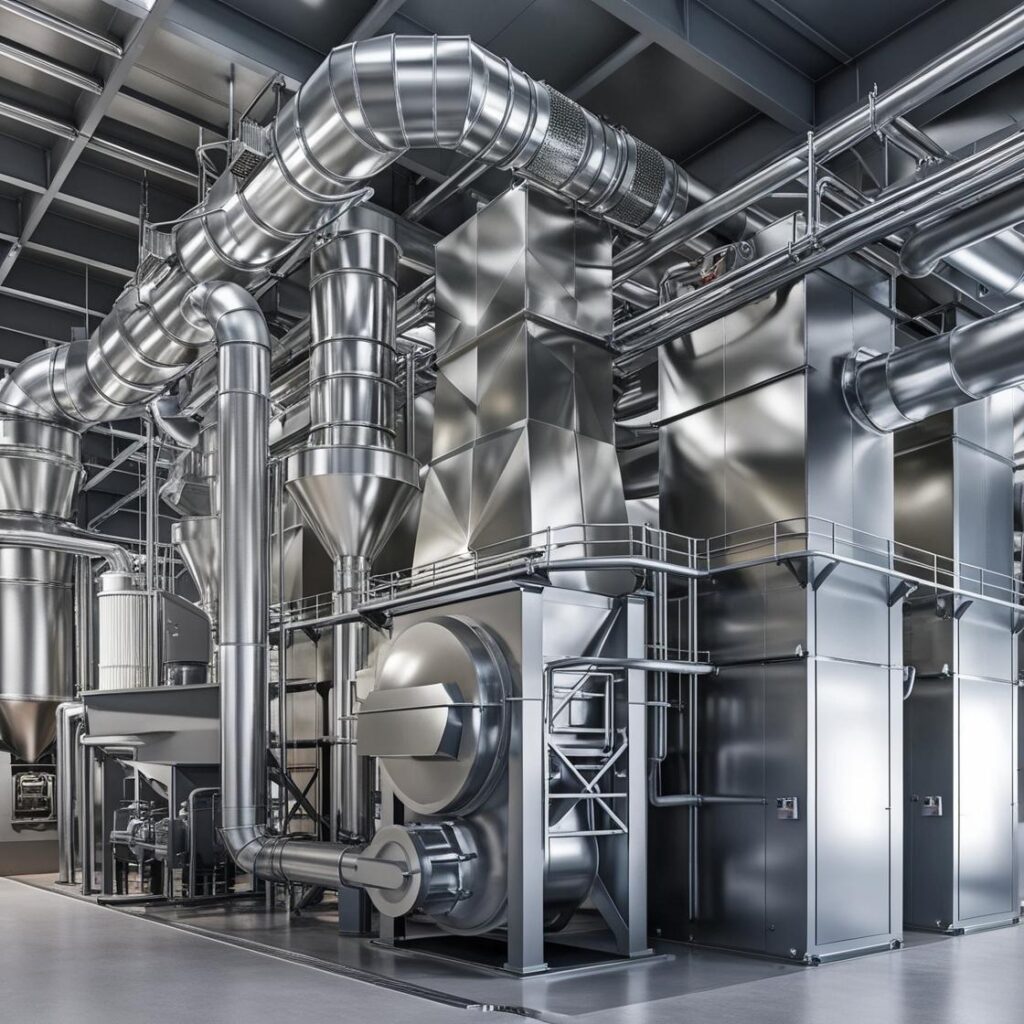
Kontroluje pył i opary uwalniane podczas wytopu i topienia, wychwytując niebezpieczne cząsteczki powstające w piecach wysokotemperaturowych.
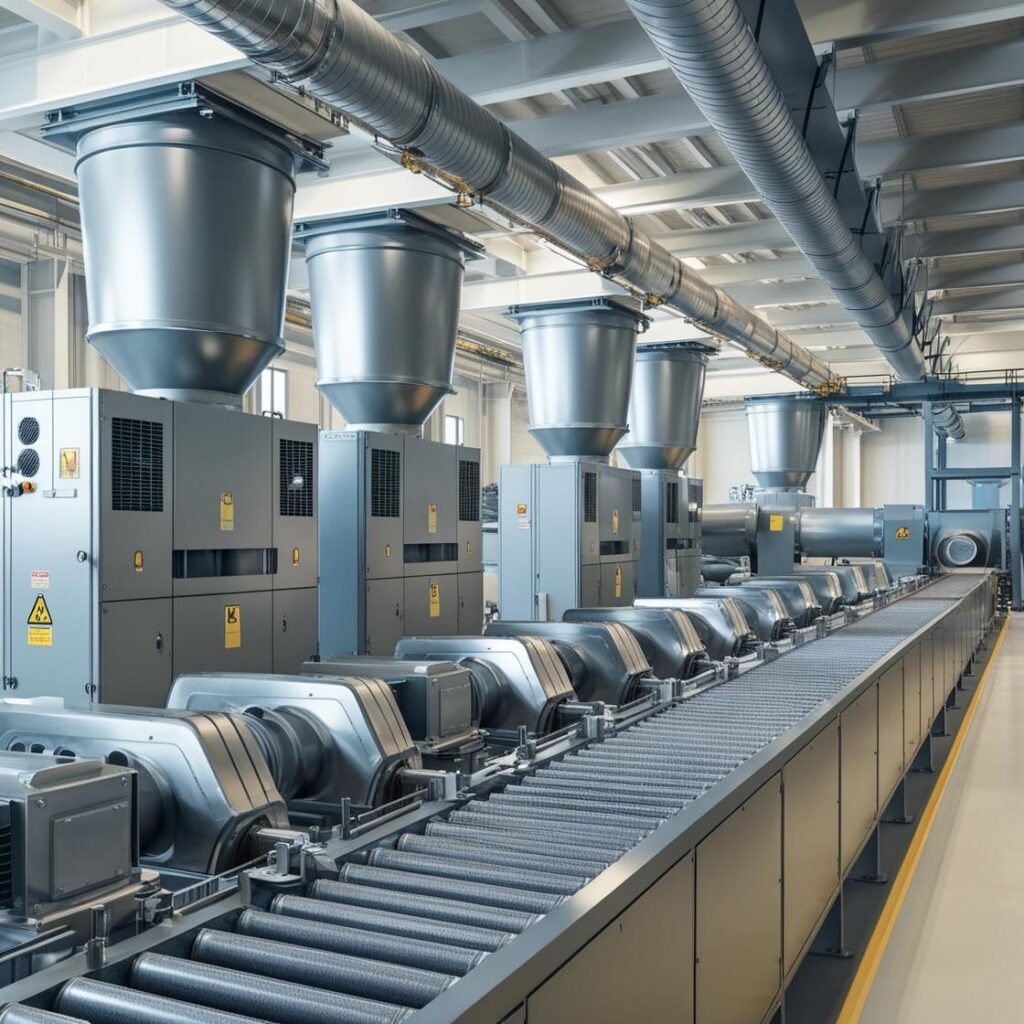
Zmniejsza emisje pochodzące z operacji odlewania, wychwytując unoszące się w powietrzu cząstki stałe i opary metali, które mogą mieć wpływ na jakość powietrza.

Usuwa drobny pył i wióry metalowe powstające podczas szlifowania i polerowania, zapobiegając w ten sposób zanieczyszczeniom, które mogą mieć wpływ na jakość produktu i bezpieczeństwo pracowników.
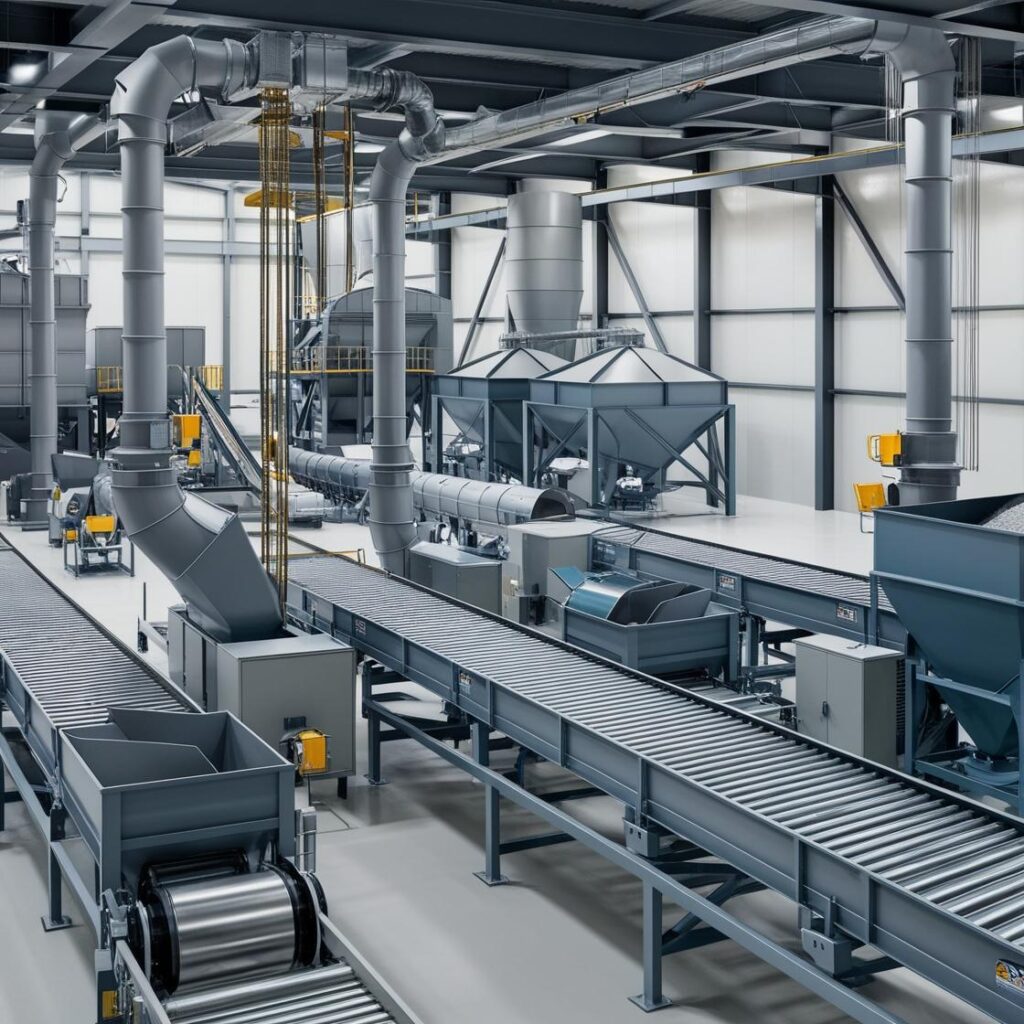
Ogranicza ilość pyłu powstającego podczas obsługi materiałów, ich transportu i przechowywania, minimalizując uwalnianie cząstek do środowiska pracy.
Krajobraz regulacyjny w zakresie kontroli zapylenia |
|---|
Zgodność ze standardami jakości powietrza |
Zgodność z przepisami dotyczącymi zdrowia i bezpieczeństwa pracowników |
Zapobieganie zagrożeniom pożarowym i wybuchowym |
Zgodność z przepisami ochrony środowiska |
Monitorowanie emisji w czasie rzeczywistym |
Odporność na ciepło |
Zredukowane koszty konserwacji i przestojów |
Zapewnienie jakości produktu |
Niższe koszty operacyjne |
Wyzwania związane z kontrolą zapylenia |
|---|
Wysoki poziom pyłu i dymu |
Zagrożenia dla zdrowia pracowników wynikające z cząstek metali |
Surowe przepisy środowiskowe |
Zagrożenia pożarem i wybuchem |
Zanieczyszczenie produktów końcowych |
Ścierny pył powodujący zużycie sprzętu |
Wymagania dotyczące tolerancji temperatury |
Zarządzanie dużymi ilościami zbieranego pyłu |
Minimalizowanie przestojów związanych z konserwacją |
Kluczowe kwestie dotyczące skutecznej kontroli zapylenia |
|---|
Celowe wychwytywanie w punktach emisji |
Trwałość w wysokich temperaturach |
Zoptymalizowany przepływ powietrza i kontrola ciśnienia |
Materiały filtracyjne odporne na ciepło |
Regularne protokoły konserwacyjne |
Zgodność ze standardami branżowymi |
Elastyczne, niestandardowe rozwiązania |
Ograniczanie ryzyka związanego z zagrożeniami spalania |
Dedykowane systemy dla różnych etapów produkcji |
Skontaktuj się z nami, aby uzyskać fachową konsultację
Poznaj nasze inne usługi!
Często zadawane pytania
W przetwórstwie stali i metali, powszechne systemy filtracji obejmują filtry workowe, elektrofiltry (ESP), płuczki mokre i separatory cyklonowe. Filtry workowe wykorzystują worki materiałowe do wychwytywania cząstek pyłu, natomiast elektrofiltry wykorzystują ładunki elektryczne do usuwania cząstek stałych ze spalin. Płuczki mokre usuwają zanieczyszczenia poprzez wprowadzenie cieczy płuczącej, a separatory cyklonowe wykorzystują siłę odśrodkową do oddzielania pyłu od strumieni gazów. Wybór systemu zależy od takich czynników, jak wielkość cząstek, temperatura gazu oraz specyficzne wymagania procesowe.
Systemy filtracji poprawiają jakość powietrza poprzez skuteczne wychwytywanie i usuwanie cząstek stałych i zanieczyszczeń powstających podczas obróbki metali. Zmniejszając emisję, systemy te pomagają zakładom przestrzegać przepisów i norm ochrony środowiska, minimalizując w ten sposób ich wpływ na środowisko i promując bezpieczniejsze miejsce pracy.
Elektrofiltry (ESP) oferują wysoką skuteczność usuwania drobnych cząstek, osiągając sprawność do 99%, co jest szczególnie korzystne w produkcji stali, gdzie emisje spalin często zawierają drobne cząstki pyłu. Są one w stanie przetwarzać duże objętości gazów i efektywnie pracować w wysokich temperaturach. Ponadto, elektrofiltry charakteryzują się stosunkowo niskimi spadkami ciśnienia, co przekłada się na niższe zużycie energii podczas pracy.

